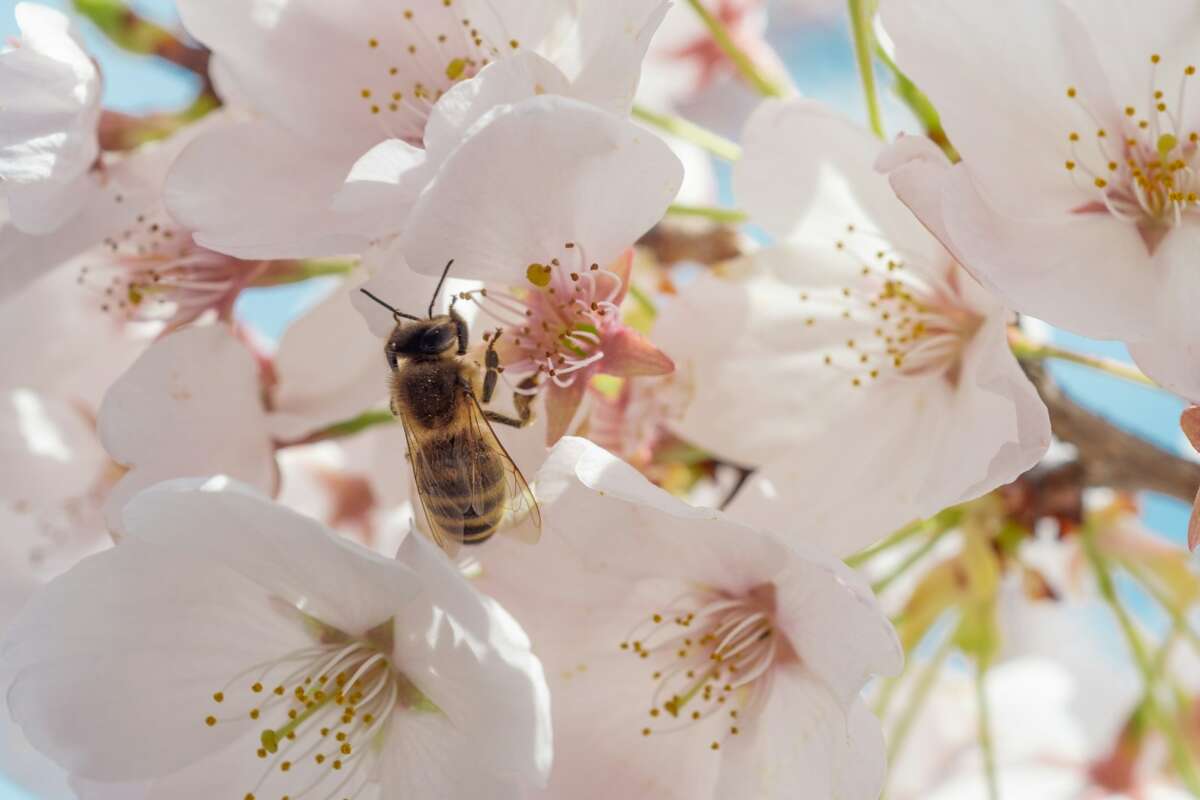- Class: Primary 2
- Term: 3rd Term
- Week: 2
- Age: 7 years
- Duration: 40 minutes
- Subject: Pre Vocational Studies
- Curriculum Theme: Agricultural Science
- Previous Lesson: Useful Farm Insects
- Topic: Usefulness of Insects
- Content: Usefulness of Farm Insects
Performance Objectives:
By the end of the lesson, pupils should be able to:
- Cognitive domain: List at least five types of farm insects and explain their usefulness.
- Affective domain: Show appreciation for farm insects and their roles in the environment.
- Psychomotor domain: Draw and label two useful farm insects.
- Social Domain: Discuss in groups the benefits of farm insects.
Reference Materials:
The following resources were used in planning this lesson:
- 9 – Years Basic Education Curriculum
- Abuja Educational Resource Centre Scheme of work
- NAPPS National Unified Scheme of Work
- Online Information from Entomology for Kids (https://www.entomologyforkids.com)
- Online Information from: Entomology for Kids (https://www.entomologyforkids.com)
- Online Information from: Usefulness of Insects (https://www.headteacher.com.ng/notes/lesson-note-on-useful-farm-insects-for-primary-2/)
- Online Information From (https://www.entomologyforkids.com)
- Online Information From (https://www.entomologyforkids.com)
- Online Information From (https://www.headteacher.com.ng/notes/lesson-note-on-useful-farm-insects-for-primary-2/)
- Online Information From (https://www.headteacher.com.ng/notes/lesson-note-on-useful-farm-insects-for-primary-2/)
Instructional Materials:
The teacher will teach this lesson with the aid of:
- Charts depicting various farm insects
- Real-life pictures of insects on farms
- Drawing materials for the pupils
Rationale for the Lesson:
Understanding the usefulness of farm insects is crucial as it helps pupils appreciate biodiversity and the ecosystem’s balance. This knowledge encourages environmental stewardship and fosters a deeper respect for nature in daily life.
Prerequisite/Previous Knowledge:
Pupils are aware of common insects found in their surroundings as covered in the previous lesson on useful farm insects.
INSTRUCTIONAL PROCEDURES:
Learning Area: Usefulness of Insects
| Content Development | Time | Teaching Method | Teaching Strategy | Teacher’s Activity | Pupil’s Activity | Learning Point |
|---|---|---|---|---|---|---|
| Step 1: Introduction | 5 min | Discussion | Question and Answer | Introduce the topic and ask pupils about their previous knowledge of farm insects. | Respond to questions and engage in discussion. | Engage pupils and activate prior knowledge. |
| Step 2: Presentation | 10 min | Lecture | Explanation | Explain the roles and types of farm insects, using charts for illustration. | Listen and observe the charts. | Understand different farm insects and their roles. |
| Step 3: Group Discussion | 10 min | Group Work | Collaboration | Guide pupils to discuss in groups the benefits of farm insects. | Discuss and list benefits in groups. | Enhance social skills and deepen understanding. |
| Step 4: Drawing Activity | 10 min | Practical | Demonstration | Show how to draw and label farm insects. | Draw and label two farm insects. | Develop motor skills and reinforce learning. |
| Step 5: Conclusion | 5 min | Summarization | Recap | Summarize the key points and reinforce the importance of farm insects. | Listen and ask questions. | Solidify understanding and clarify doubts. |
Classroom Note:
Usefulness of Insects (https://www.headteacher.com.ng/notes/lesson-note-on-useful-farm-insects-for-primary-2/)
Farm insects play crucial roles in agriculture that support our environment and food supply. Here are five ways these tiny creatures are useful:
- Pollination: Insects like bees and butterflies transfer pollen from one flower to another, helping plants grow seeds and fruit.
- Soil Fertility: Earthworms and beetles break down organic matter, enriching the soil with nutrients needed for plant growth.
- Pest Control: Ladybugs and praying mantises eat harmful pests that damage crops, reducing the need for chemical pesticides.
- Waste Decomposition: Insects like dung beetles help decompose animal waste, preventing disease spread and recycling nutrients.
- Food Source: Insects serve as an essential food source for various animals, supporting the food chain.
Lesson Evaluation:
To evaluate the learning, the teacher asks pupils to:
- Name three farm insects and one role each plays in the ecosystem.
- Draw and label a bee and explain its importance in pollination.
- Share one new thing they learned about farm insects today with the class.
Note for teachers using my lesson plan:
Hi there, remember that I didn’t make this lesson plan with any particular class or teacher in mind and I tried as much as possible with my experience and expertise to deliver this plan in a standard and effective style utilizing the best strategy and methods. Nevertheless, you are free to customize the lesson content, teaching methods, timing and pupil activities to suit your teaching style, pupils comprehension, curriculum, and resources available to you. Happy teaching!

